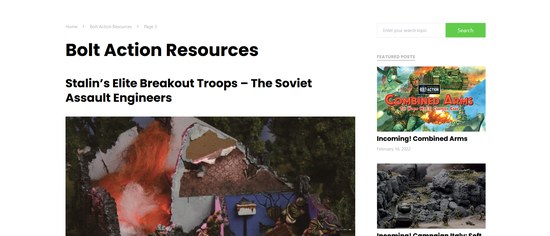
The Other Side of the Good War
320 pages. Occasional black-and-white photos throughout the text. Introduction, Author's Notes, Bibliographical Notes, Acknowledgments.
The first thing you need to know is that the author writes from an interesting viewpoint. He does not believe in the Good War or the Greatest Generation. He sees the United States and Imperial Japan as morally equivalent, both having shown expansionist aspirations. He wants you to know that U.S. Marines and Japanese both committed atrocities during the war.
The subject of the book is something of a moving target. It begins as the story of a son trying to solve the mystery of what tormented his late, veteran father, and in particular, who was the 'war buddy' in the photo from his father's workshop. He rather quickly learns that the mystery man is Herman Walter Mulligan, who died on Okinawa.
The author then tries to solve the question of what happened to Mulligan's remains.
Ultimately, the author then uses 'bringing Mulligan home' as a way of addressing the war burdens which his father suffered from for decades after WWII.
In one section of the book, twelve Marines from L Company, 3rd Battalion, 22nd Marines, 6th Marine Division are profiled. Most suffer from post-war trauma. One was a commander. One raped a civilian on Okinawa.
Finally, the author travels to Guam and Okinawa to examine the battlefields himself.
The first fight for L Company was on Guam, where they were tasked with sealing off Japanese troops on a peninsula. The Marines had trouble finding defensible ground on the rocky beach, and advanced their line several times looking for the best position; their aggressive commander does not seem to have arranged for support. The Japanese launched a suicide attack at night. It was this intense battle which the author's father remembered for the rest of his life.
The second battle of note was L Company's involvement in the battle for Sugar Loaf Hill on Okinawa. Attack and counterattack, in the mud, around the caves. It took 13 assaults to finally drive the Japanese off that hill.
It was shortly after the fight for Sugar Loaf that Mulligan died. Word had been passed down to avoid firing into the Okinawan stone tombs, as it was believed some had been used by the Japanese as ammo dumps. For whatever reason, one of the tombs exploded as L Company was patroling the area. Mulligan was the only fatality. The author believes his father, for reasons unknown, blamed himself for Mulligan's death.
One problem with the book is the author's determination that every fact fit the story he desires to tell. For example, he assumes that his father's family issues were due to his baggage from WWII; yet it's also possible they were partly due to his troubled pre-war past. Similarly, he believes that his father blamed himself for Mulligan's death, although military records show that his father wasn't present on that day. The author believes his father must have been there that day, and that the concussion from the blast explains much of his father's post-war problems…
The book is also overly dramatic in places, such as when the author finally confronts the soldier who apparently raped a civilian on Okinawa; I also thought the author's trip to Okinawa was overdone.
Finally, I was left to wonder if the author's selection of which soldiers to profile was not influenced by his premise: those selected mostly advance the author's belief that WWII was not a Good War, and their difficult post-war years are provided as evidence of the ravages of war (and particularly, the blast damage from the explosion of the Okinawan tomb).
This is a difficult book to read. It tells about Marines who shot prisoners on order, and Marines who covered up for a rapist among them. It talks about Marines who suffered greatly from their war experiences, and lived diminished lives because of that. It presents a viewpoint worth considering.
Reviewed by ![]() Editor in Chief Bill
Editor in Chief Bill ![]()
![]() .
.







